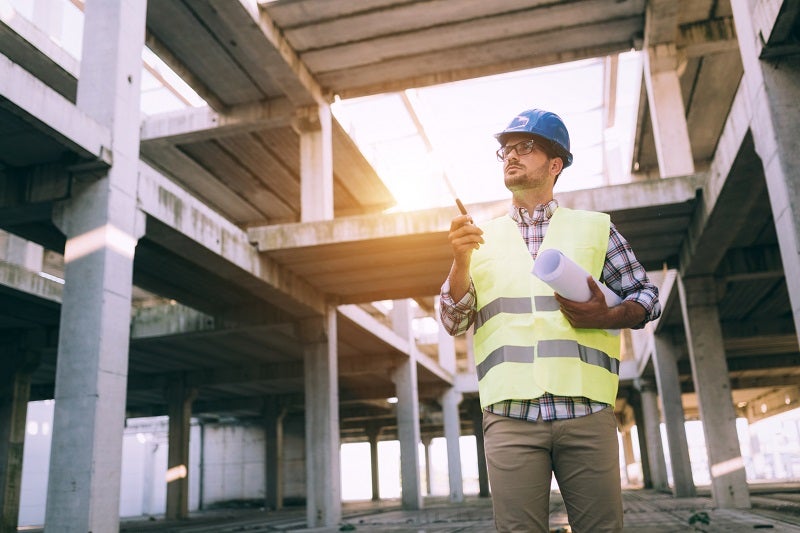
There are a number of questions that need to be addressed before installing a DAS system. How big is the building? Are there any potential construction obstructions? Is a distributed antenna system (DAS) required to meet local fire safety regulations?
DAS systems may be installed for improved cellular coverage or improved RF radio coverage for emergency responders.
“A good portion of the new large buildings that go up will need a public safety DAS system to meet section 510 of the International Fire Code,” Steve Dinkler, Carroll Technologies’ DAS expert explains. “The Resort at Governors Crossing needed one, and several buildings near UT here in Knoxville have been required to install a public safety DAS.”
What sort of buildings need a DAS system?
Any large building, whether it is a school, office building, apartment complex or hotel, may require a DAS system if emergency communication RF signal levels do not meet code. If a new building meets any of the following criteria a public safety DAS may be required:
- There are more than three stories above grade plane (as defined by the Building Code Section 202)
- The total building area is 30,000 square feet or more
- The total basement area is 5,000 square feet or more
- Where required by the fire code official and radio coverage signal strength levels are not consistent with the minimum levels set forth in Section 510.4.1 of the IFC
The size of a building will impact the type of DAS system that is installed, and consequently its cost. A passive DAS system runs its signal through a bi-directional amplifier (which does not require power). The installation of such a system is quite simple and is suitable for smaller or medium-sized buildings, but may not provide adequate coverage or remotely controlled monitoring for large buildings.
An active system requires a power source and fiber optic cables connected to remote nodes. Installation costs more, but radio coverage is significantly boosted, and the system can be remotely monitored.
Which DAS manufacturer is the best company for the job?
“Carroll works with multiple manufacturers,” says Dinkler. “The specialist of choice for a DAS installation will depend on its application and the size of the building.”
For fiber optic DAS systems and public safety applications, G-wave, SOLiD, West-tell and Cobham Wireless provide a comprehensive range of solutions. SureCall, Wilson Electronics, Nextivity and Corning provide cellular coverage boosting technology.
The DAS installation process
Once the appropriate DAS type has been selected for the building size and requirements, structural issues must also be taken into account.
A DAS system comprises distributed antenna nodes throughout a large building, eliminating weak mobile coverage spots and improving safety.
“The most difficult part is access to run the coax cables for the various antennas throughout the building,” Dinkler explains. “If the building has a drywall ceiling then it’s a little more difficult because you have to run the cable before they put the drywall up.”
Carroll Technologies
Carroll Technologies supports more than 800 mines across North America. With its extensive distribution network, exceeding 70 manufactures, Carroll provides a comprehensive range of safety, communication and power solutions.



